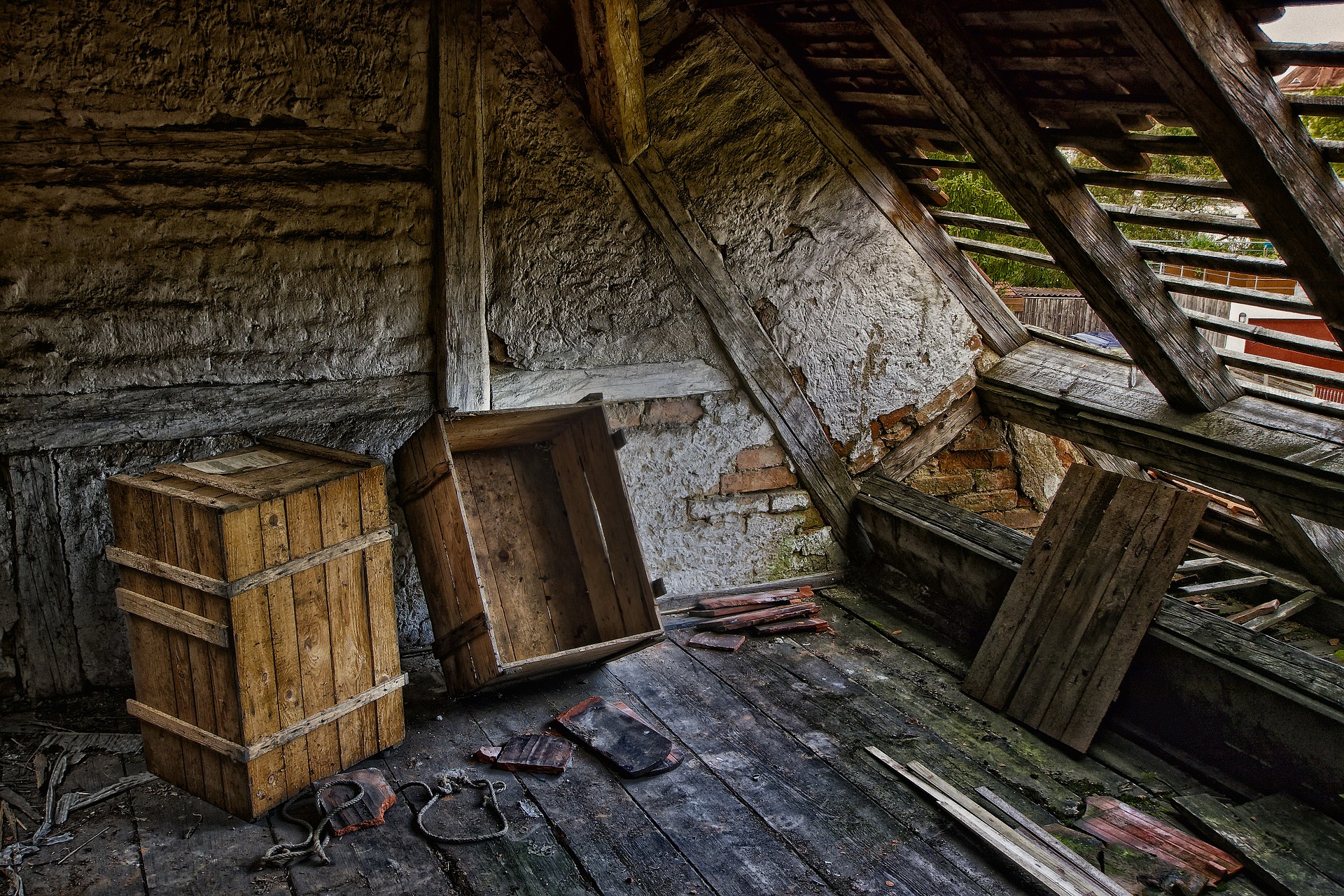
Heat insulation is no longer a luxury, rather it is a necessity. Particularly, in a country like Pakistan, where the summers keep getting hotter and longer, with the years passing by. Taking this into account, it is imperative for every individual to heatproof their home.
Heatproofing refers to the addition of insulation to the structure of the house so that the heat energy does not trap itself inside the home. When the house is not heatproofed, the direct exposure to sunlight heats up the exterior of the home, and subsequently, this heat is trapped and transmitted to the interior of the house. As a result, the temperature inside the house experiences a significant rise.
Being a developing country, not many individuals in Pakistan can afford the high electricity bills, which stem from the frequent use of air conditioning. With that in mind, heatproofing is the more affordable and reliable option. As it is a one-time investment, you can benefit from heatproofing your home in the years to come. If you are curious about heatproofing in Pakistan (https://www.heatproofing.pk/heat-proofing-services/), take a look at the following.
The material used for heatproofing
Heatproofing can be carried out by using a variety of different materials. You can choose any form of insulation, depending on your budget, as well as the temperature conditions of your city. Typically, the following materials are frequently used in Pakistani climates.
- Aluminum
- Clay
- Cotton
- Wood fiber
- Polyurethane foam
- Reflective paint
- Rockwool
- Hemp
The cost for each material varies, so you must study and research your options, prior to picking just any material.
Heatproofing to prevent conduction
Heatproofing can be used to prevent conduction. Conduction refers to the transfer of heat through direct contact. Heatproofing and insulation are used to stop or limit this transfer, as much as possible. This type of heat proofing is usually done on houses.
Heatproofing to prevent convection
Convection is the process in which the transfer of heat occurs through airflow, gas flow, or liquids. Heatproofing can limit the convection by insulating materials that come in direct contact with the air, gas, or liquids. Heatproofing, to prevent convection, usually involves the use of distinct materials, such as foams, sprays, and various categories of plastics.
Making the decision to heatproof your home is the wiser option. With an insulated home, you can survive the harsh climate of Pakistan, despite not having to invest in air conditioning. You can select affordable materials that certify effectiveness!
